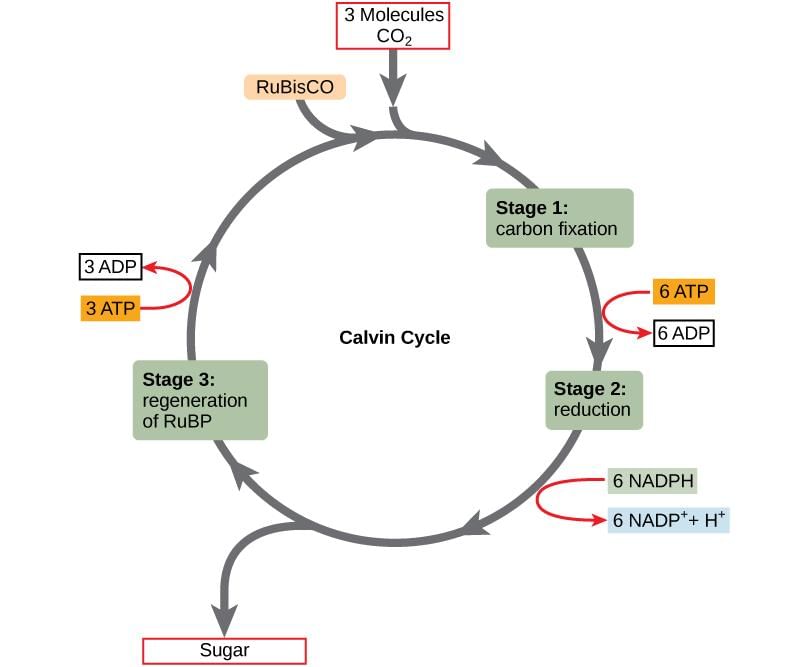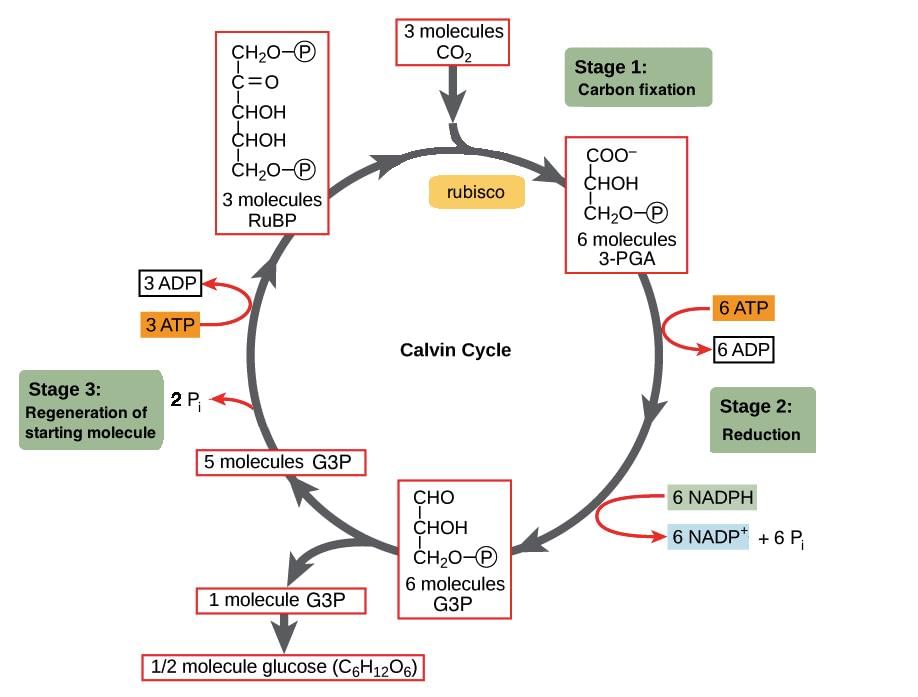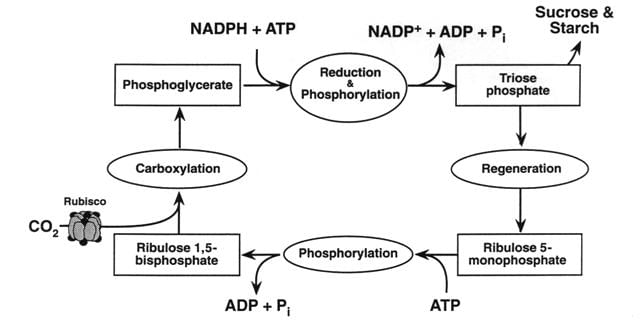Test: Photosynthesis in Higher Plants - 1 - NEET MCQ
20 Questions MCQ Test - Test: Photosynthesis in Higher Plants - 1
Consider the following statements and choose the correct answer.
a. Photochemical phase occurs inside the thylakoids, especially those of grana region.
b. Biosynthetic phase reactions occur in stroma or matrix of chloroplasts and are dependent upon light.
b. Biosynthetic phase reactions occur in stroma or matrix of chloroplasts and are dependent upon light.
Which of the following stages of calvin cycle are in CORRECT order?
What did Jan Ingenhousz's experiments reveal about the role of sunlight in plant processes?
In sugarcane, CO2 is fixed in malic acid with the help of enzyme:
Dark fixation of CO2 in CAM plants is called ossification because it produces:
The substances that have an ability to absorb light at different specific wavelength are:
On excitation, the electrons picked up by an electron acceptor is passed to:
The law of limiting factors is given by:
The splitting of water molecule takes place inside:
In PSI, the reaction centre the chlorophyll 'a' has an absorption peak at:
PGA as the first CO2 fixation product was discovered in photosynthesis of:
The splitting of water molecules is associated with:

















